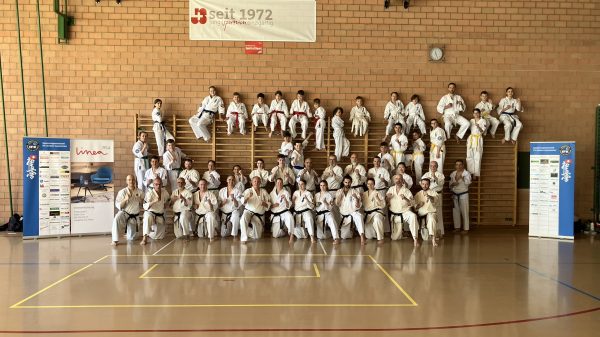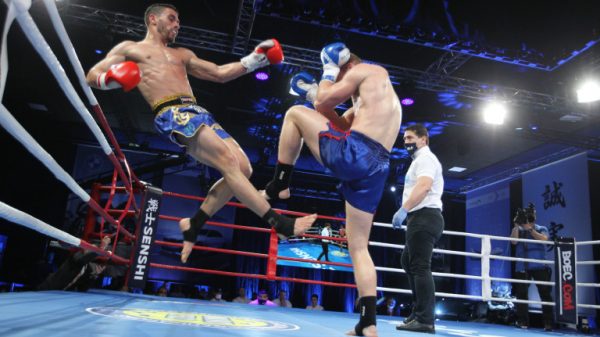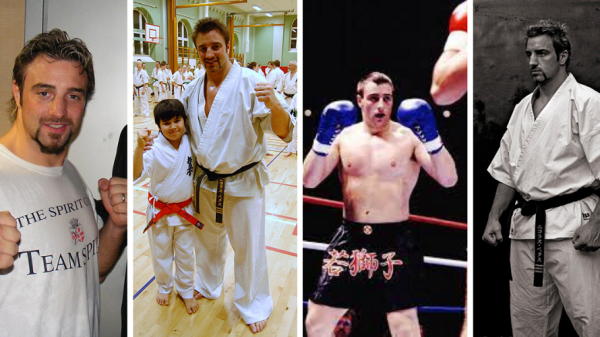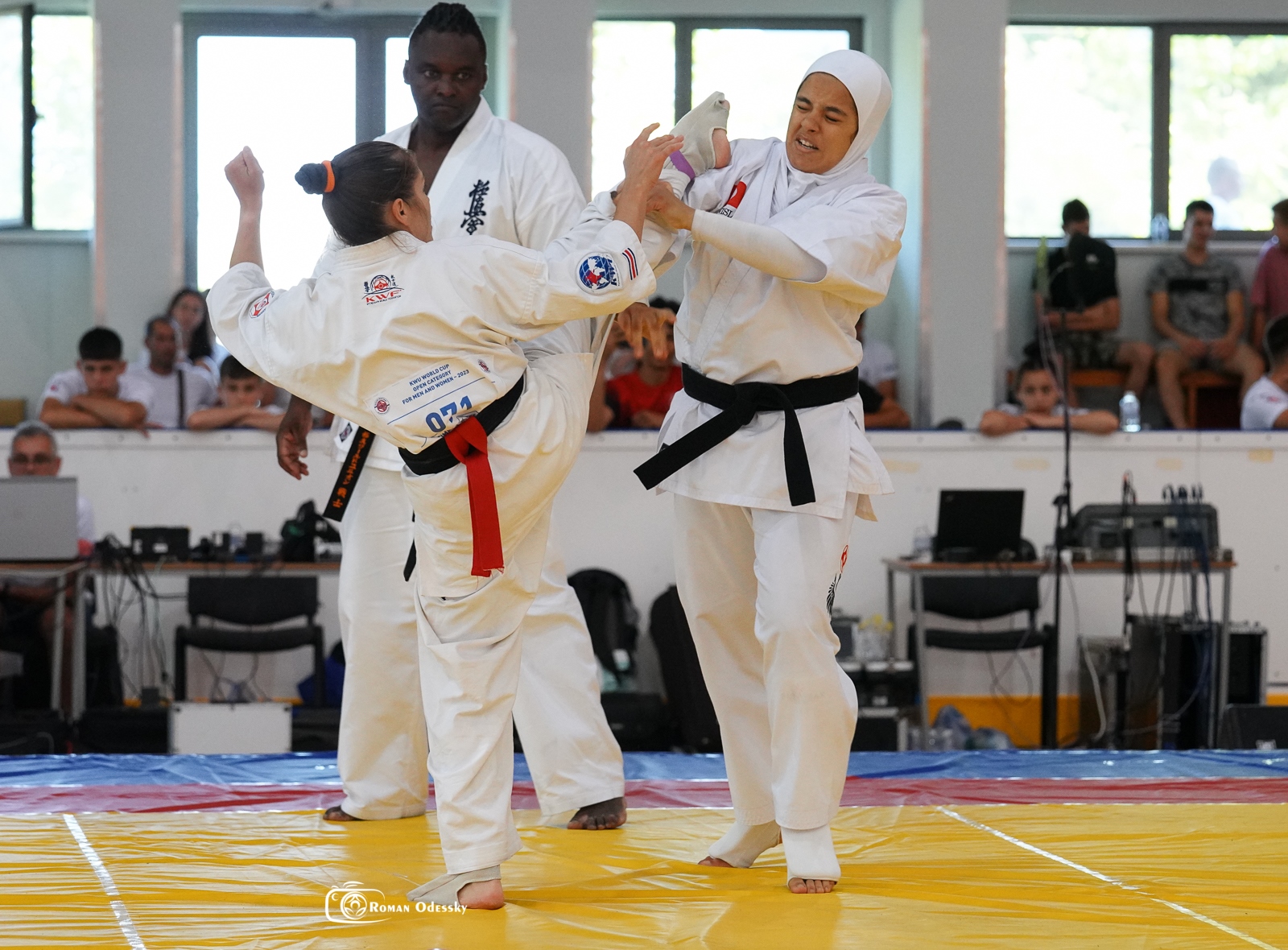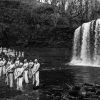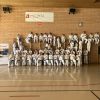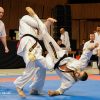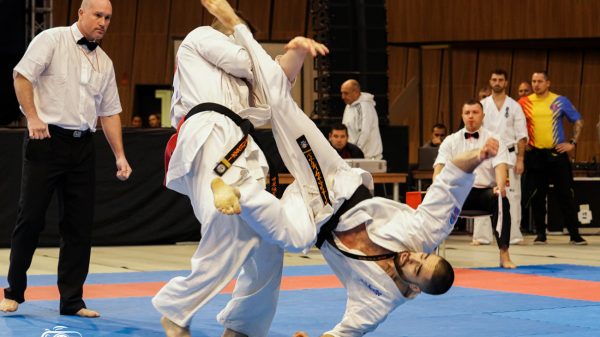Starting your journey in Kyokushin Karate is a rewarding and transformative experience. Known for its intense training, discipline, and powerful full-contact sparring, Kyokushin offers practitioners the opportunity to develop mental and physical strength. Here’s a guide on how to become a student of Kyokushin Karate:
1. Research Local Kyokushin Dojos
The first step is to find a Kyokushin dojo (training hall) in your area. Look online, ask for recommendations, or check social media for nearby dojos that teach Kyokushin Karate. Make sure the dojo is affiliated with a recognized Kyokushin organization to ensure authenticity and quality instruction.
If there isn’t a Kyokushin dojo nearby, look for dojos that offer virtual classes or consider traveling to a reputable one if possible.
2. Understand the Commitment
Kyokushin Karate is known for its rigorous training and high standards of discipline. It requires a commitment to regular practice and an openness to challenges, both mentally and physically. It’s essential to understand that this style demands dedication, as you’ll be engaging in intense conditioning and full-contact sparring as you progress.
Mental preparedness is as important as physical fitness. Prepare yourself to embrace the “Osu” spirit, which represents perseverance, respect, and discipline.
3. Attend a Trial Class
Most Kyokushin dojos offer trial classes for beginners. This allows you to experience Kyokushin training firsthand and see if it’s the right fit for you. During a trial class, you’ll likely learn basic techniques, practice etiquette, and get a feel for the training environment.
Use this opportunity to observe the instructor’s teaching style, the dojo culture, and the level of respect and discipline within the class. Kyokushin places a strong emphasis on respect for the instructor (Sensei) and fellow students, so consider whether you feel comfortable in this environment.
4. Purchase Basic Training Gear
To begin Kyokushin training, you’ll need some basic gear. Here are the essentials:
Gi: A karate uniform, typically white, with the Kyokushin kanji symbol on the chest.
Belt: Beginners start with a white belt, which will be provided or can be purchased.
Protective Gear: You may need additional gear, such as gloves, shin guards, and a mouthguard, especially for sparring sessions. Talk to your Sensei about what’s required at your dojo.
Most dojos can help you order a gi, or you may be able to purchase one online. Wearing the correct uniform is an important part of Kyokushin etiquette.
5. Learn Kyokushin Etiquette
Kyokushin Karate has strict etiquette rules that emphasize respect and discipline. Here are some key etiquette practices to keep in mind:
Bow when entering and leaving the dojo to show respect for the training space.
Address your instructor as “Sensei” and senior students as “Senpai.”
Use “Osu” to acknowledge instructions, show respect, and express gratitude.
Practice humility and respect toward fellow students, always acknowledging that Kyokushin is as much about character development as it is about technique.
Following dojo etiquette helps create a respectful and disciplined training environment.
6. Focus on Kihon (Basics)
When starting Kyokushin, you’ll focus on Kihon, which are the foundational techniques of karate, including basic punches, kicks, blocks, and stances. Mastery of the basics is crucial in Kyokushin, as it prepares you for more advanced techniques and sparring.
Practice Kihon consistently to build muscle memory and strength. As you progress, you’ll be introduced to kata (pre-arranged forms) and kumite (sparring), but the basics remain essential throughout your Kyokushin journey.
7. Train Regularly and Embrace Hard Work
Kyokushin training is demanding, and consistent practice is key to progress. Attend classes regularly, and commit to practicing at home to reinforce what you learn.
Expect to engage in rigorous physical conditioning, including exercises that build strength, endurance, and toughness. Kyokushin emphasizes body hardening, so you’ll work on conditioning your body to withstand strikes. Embrace the hard work and stay committed to improvement.
8. Set Goals and Work Toward Belt Gradings
Kyokushin Karate has a belt ranking system that indicates a student’s level of proficiency. After white belt, you’ll have the opportunity to test for higher ranks through a grading system that includes physical exams, technique demonstrations, kata performance, and sparring.
Setting goals, such as reaching the next belt level, can help motivate you to train harder and stay focused. Consult with your Sensei to understand the requirements for each level and prepare for each grading by practicing diligently.
9. Embrace the Kyokushin Spirit (“Osu no Seishin”)
The “Osu no Seishin” (Spirit of Osu) is central to Kyokushin philosophy. It emphasizes resilience, humility, and mental strength in the face of challenges. The Osu spirit is about pushing through adversity and always striving for self-improvement, both in the dojo and in daily life.
Embrace this mindset as you train in Kyokushin. The journey can be physically and mentally demanding, but the rewards—personal growth, confidence, and inner strength—are worth it.
10. Stay Open to Learning and Respect Tradition
Kyokushin Karate is deeply rooted in tradition and history. As a student, respect the lineage of the martial art and remain open to continuous learning. Remember that Kyokushin is not just about fighting; it’s about developing character, humility, and respect.
Be patient with yourself, and understand that progress takes time. Stay committed, embrace the journey, and respect the values of Kyokushin Karate.
Final Thoughts
Becoming a student of Kyokushin Karate is a commitment to self-improvement, discipline, and resilience. The training is rigorous and will test your mental and physical limits, but it also offers invaluable lessons in perseverance, respect, and inner strength. Embrace the journey with humility, and let the “Osu” spirit guide you toward becoming a true Kyokushin practitioner.


